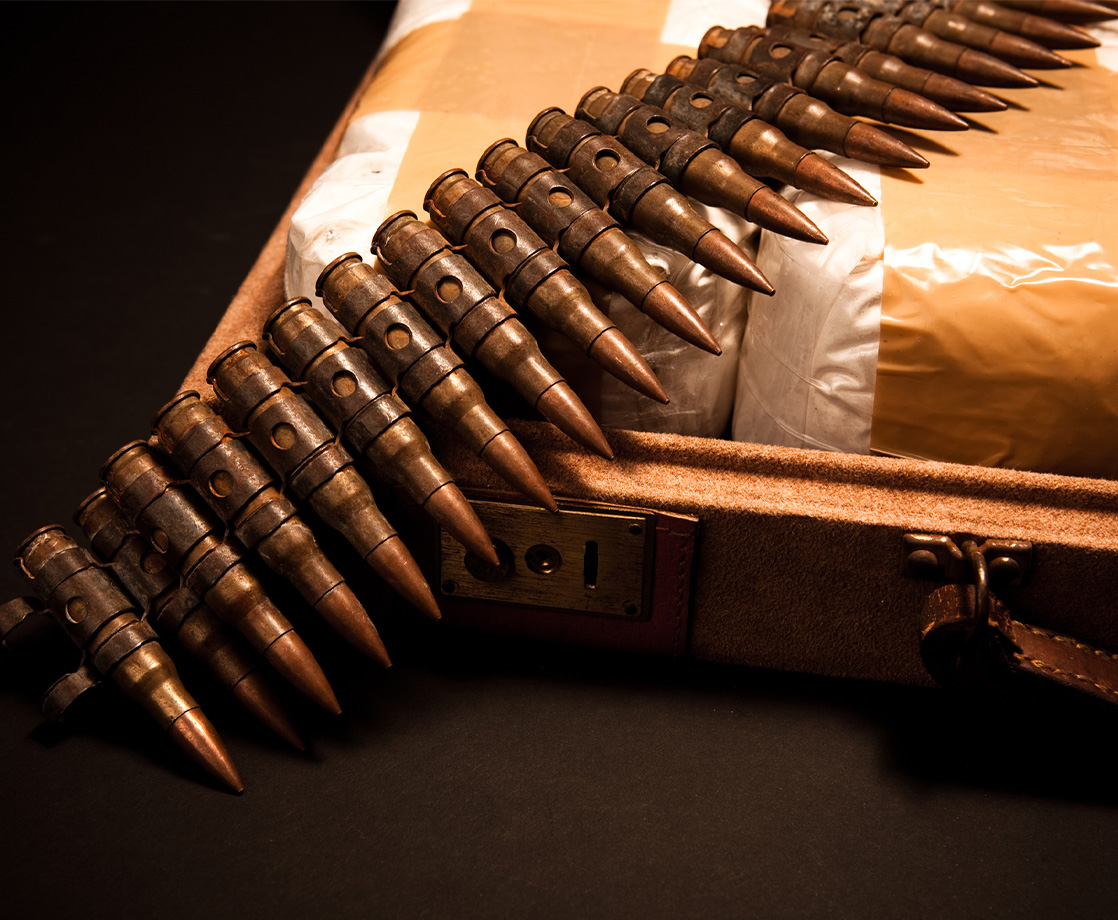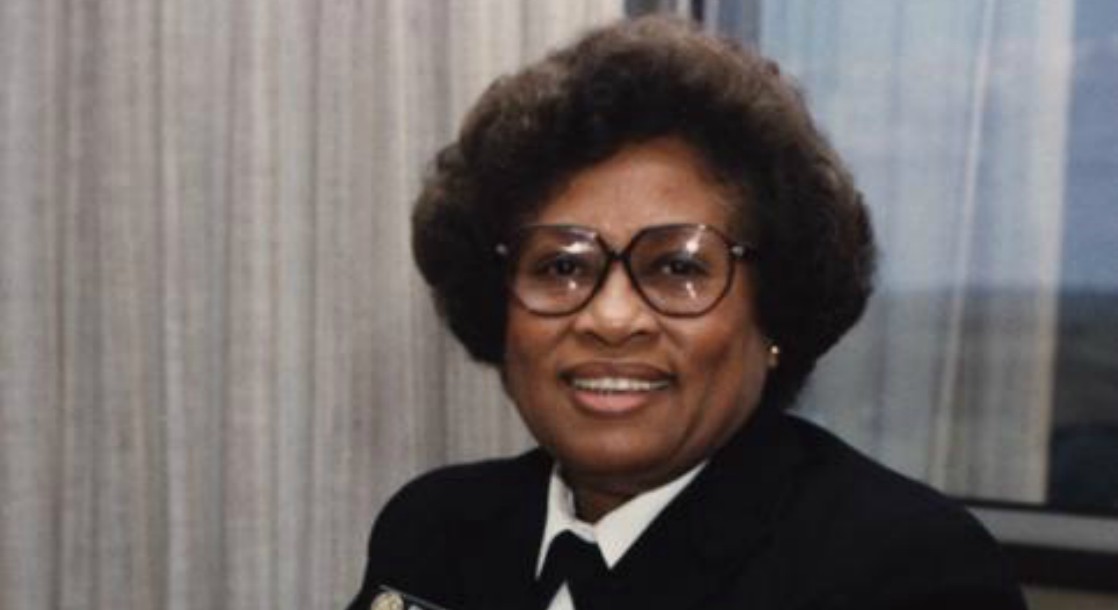Since Peter Andreas published Killer High: A History of War in Six Drugs, one of the questions he must now often field is how he decided on the six substances featured in his book. Presented as a riveting historical interrogation of the ways in which drugs and war have shaped one another throughout human history, one may be surprised to learn that cannabis, for instance, is not included.
“I suppose if it had been about seven drugs, I would’ve included cannabis,” Andreas mused when reached by phone by MERRY JANE. “What I found striking was that cannabis just doesn’t play as prominent a role as these other drugs across different dimensions.”
Indeed, one of the most startling revelations contained within Killer High is the extent to which the six drugs Andreas does focus on — alcohol, nicotine, caffeine, opium, amphetamines, and cocaine — have shaped the world. Russia, for instance, built an empire on taxing the potatoes required for vodka. Much of Nazi Germany’s early military success on the ground can at least partially be attributed to amphetamines, which were fed to Nazi soldiers like candy and are largely associated with the concept of “Blitzkrieg” that came to be associated with Hitler’s soldiers. (That said, the Allies, particularly fighter pilots, would regularly take benzedrine, too.)
Since he’s not focusing on the “War on Drugs,” at least metaphorically speaking, Andrea’s survey doesn’t mull on cannabis or even psychedelics. In both cases, the author stresses that there are valid reasons to examine those substances within the context of war, but compared with the seismic fallout from the rise of tea or cigarettes, there’s truly no comparison.
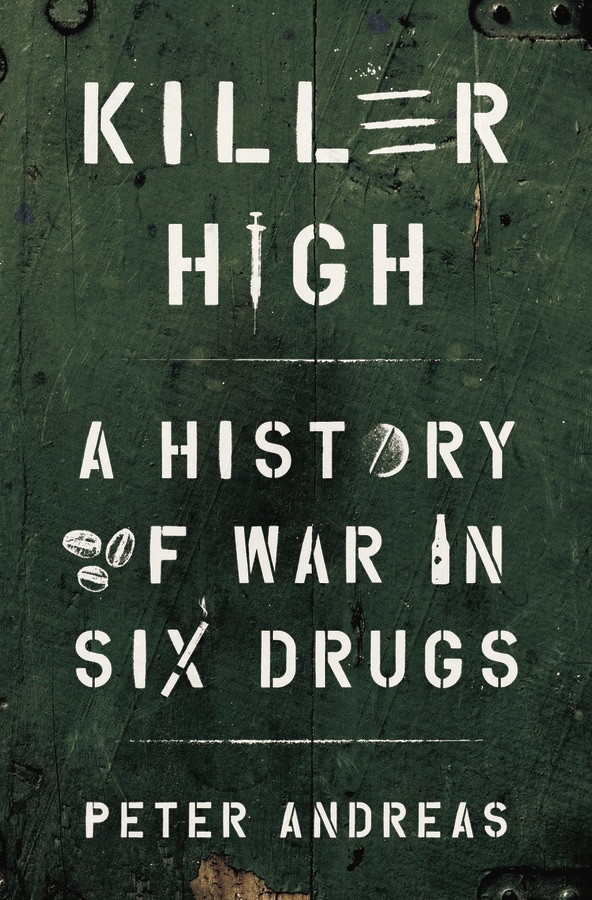
In order to tackle such a mammoth topic, Andreas approaches each drug by examining its connection to war in six facets: war while on drugs, war through drugs (aka drug-funded wars), war for drugs, war against drugs, and drugs after war. The resulting text is rich with engrossing historical facts that may come as a surprise to many readers.
For example: did you know that Alexander the Great participated in one of the first recorded drinking games? Or how about the fact that during World War I, Austrian and German soldiers made a habit of leaving vodka bottles in trenches in hopes their Russian enemies would find them and become inebriated?
Killer High is packed with ample amounts of fascinating trivia, though it also serves as a stark analysis of the ways in which major governments have relied upon drugs to conduct warfare. From taxes on alcohol and tea to build war chests, to the brazen enforcement of an unwanted opium industry by foreign powers on China, drugs have both made war possible and served as the underlying cause for conflict.
Considering the large swathes of history Andreas covers, Killer High makes for an impressively compelling read. Nonetheless, this tome — from the John Hay Professor of International Studies at Brown University — is still a lot to digest.
In hopes of better understanding the ways in which drugs and war intersect, MERRY JANE spoke with Andreas about how Pearl Harbor brought an end to legal cocaine, why the US picked whiskey over rum, and additional thoughts about why cannabis didn’t make the cut in his impressive new read.
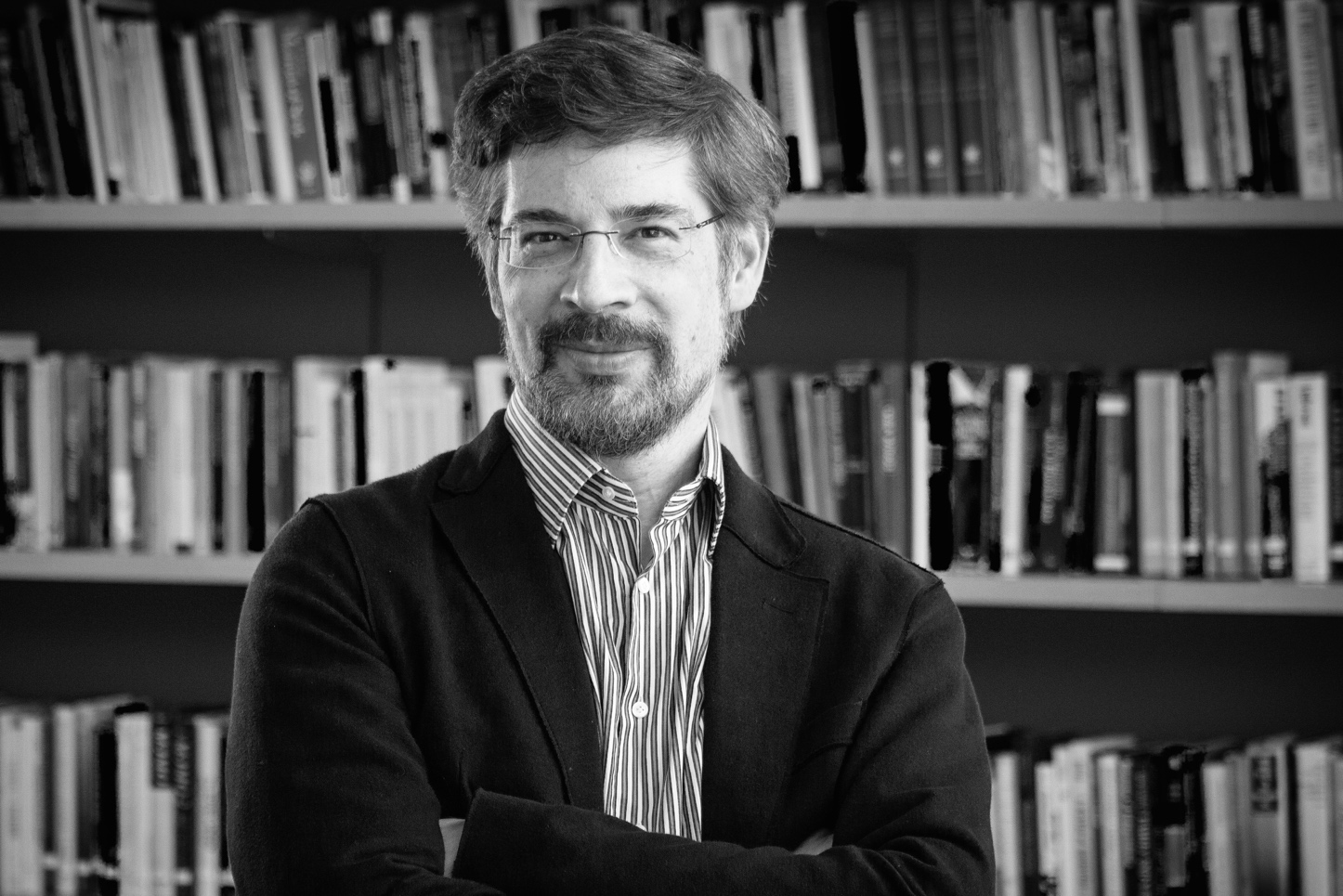
Above, author Peter Andreas
MERRY JANE: How did you choose the six substances featured in Killer High? I’m sure some people will be surprised to see caffeine and nicotine on the list, for example.
Peter Andreas: Overall, we’ve gone from natural drugs to semi-synthetic drugs to synthetic drugs. We’ve gone from licit to illicit. We’ve also gone from relatively benign drugs to ones that are much more dangerous. Across place and time, they’ve each had different relationships to warfare. In the book, I look at this relationship in multiple dimensions.
One is war while on drugs, which encompasses both use on the home front and on the battlefield. I’m also looking at how drugs have been used to fund war. Taxes on alcohol and tobacco, for example, play an outsized role, historically, in funding war, while contemporary conflicts have been funded by heroin and cocaine.
When I look at “war for drugs,” we’re talking about warfare to capture drug markets. The Opium Wars are obviously the most prominent historical example there. I also look at “war against drugs,” which we’re all familiar with. That’s overwhelmingly a cocaine-driven story, but not entirely. The militarization of the War on Drugs — going from using war as a metaphor to employing actual war techniques — was jump-started in the 1980s with the targeting of cocaine and goes all the way up to the present.
In terms of the drugs that aren’t included, I’d imagine cannabis is one you’ve been asked about a lot.
I’m not suggesting that cannabis is unimportant or that it has no role in or relationship to war. It’s just that, relative to these other drugs, it’s strikingly less important. Napoleon’s troops allegedly introduced cannabis to Paris. That’s interesting. Soldiers were using it a lot in Vietnam. That’s interesting. There are obviously connections, but it doesn’t play the same prominent role that the others do. That’s why adding that drug seemed more optional. I do think there was an interesting contrast in the ‘60s and ‘70s where cannabis was not only a drug that facilitated war, but it was also arguably an anti-war drug. It was part of the counterculture and part of the anti-war movement. In that sense, there’s a war link, but it’s really an anti-war link.
Another drug I ignored was psychedelics. LSD is not in there. Mushrooms are not in there. Those drugs are more niche drugs, more exotic. They’re less mass produced and they’re less globalized. They’re less profitable. They’re not totally obscure, but they’re not global commodities in the way these other six drugs are. They also aren’t particularly conducive to work.
One possible application might be the use of psychedelics to aid soldiers suffering from PTSD and other war-related mental ailments?
Agreed. In fact, if this book was less of a history book and more one focused on the contemporary period, I would have probably gone into more discussion on the debate over microdosing MDMA, for example, to help treat PTSD. Recovery from war would be an interesting place to bring in psychedelics.
One of the drugs you cover is speed or amphetamines. In that case in particular, I was struck by how ideal the timing of everything seemed to be. World War II arrives basically right after chemists had begun synthesizing and marketing speed, enabling it to play this outsized role in the war.
That’s an interesting observation about timing. The introduction of amphetamines in the 1930s was perfectly timed to be used for battlefield applications in World War II. It continued after World War II in some places. One could argue that the downside — the negative consequences of the drug— were not yet fully realized. It was widely accessible right before the war, which arguably made it particularly popular on the battlefield, as well.
Cocaine is a puzzle to me, however. It was introduced in the 19th century, but it did not actually gain widespread appeal for military use — an example of “war while on drugs” — until World War I. Even in World War I, it wasn’t quite as systematic and widespread in use as amphetamines. Second of all, it was very short-lived. By World War II, the appearance of cocaine on the battlefield of major militaries was already over. I document that in the book, but the historical record remains a little bit of a puzzle to me.
The turn against cocaine between World War I and World War II happened rather quickly, and it wasn’t just in one place, with the interesting exception of Japan and East Asia. Japan actually had a thriving, legal pharmaceutical industry that was producing cocaine right up until World War II. It was then wiped out because the Japanese were defeated and occupied. Legal cocaine wasn’t truly eradicated until the Japanese were defeated in World War II.
I remember there’s a quote in your book about how the bombing of Pearl Harbor was essentially the death knell for legal cocaine.
Right. I believe that was historian Paul Gootenberg, who is probably the foremost historian on the history of cocaine. Most people forget that cocaine was ever even produced outside of South America. They have no idea that cocaine was legal and thriving in East Asia until it was wiped out by World War II. Of course, when legal cocaine was killed off, illegal cocaine was there to take its place.
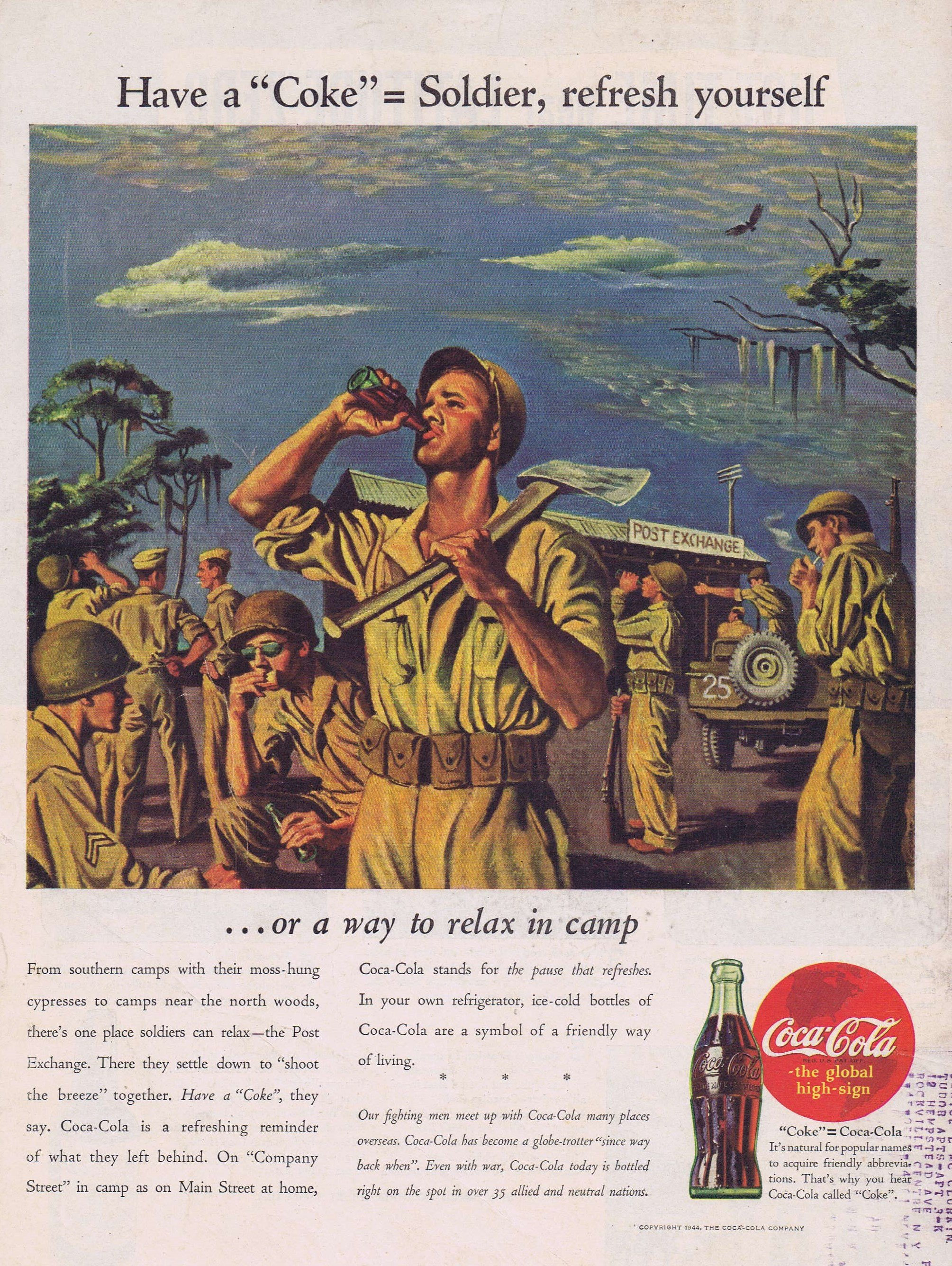
One running thread in Killer High is the extent to which drugs — especially ones that have subsequently been made illegal in many parts of the word — were, in many cases, first introduced and mass produced by the very governments who would later condemn them.
Yeah, the state as drug pusher — even if the drugs are legal — is definitely an underlying theme of the book. Today, when we think about drugs and war, we immediately think of illicit drugs and non-state actors in Afghanistan or Colombia. We think about drug traffickers with private armies. But historical records suggest that specific, powerful states have been the biggest beneficiaries of the drugs-war relationship.
One way they’ve benefitted is by taxing drugs, especially as a means of funding war. In some cases, the state has had a monopoly on a particular trade or they’ve benefitted by making drugs available to soldiers as a means of motivating them or helping them cope. They also included some of these drugs in their rations: tobacco, coffee, and even alcohol. In fact, at one point, it was pretty standard practice to provide alcohol in a soldier’s rations. A lot of that is no longer true. Soldiers no longer get tobacco. They no longer get an alcohol ration.
Nevertheless, today troops in the field are provided with all sorts of pills — including a whole range of opioid painkillers. In Vietnam, for example, some soldiers turned to opium in the form of heroin as a means of self-medication. Now, they don’t do that, but the government itself is instead the drug pusher in the sense they make this wide range of prescription pills, including opioids, available to soldiers.
That actually dovetails perfectly with another thing I took away from your book: the resilience of these drugs. Aside from Mao’s effort to quash opium, I feel like every other example in your book where the state has attempted to eradicate a drug, it has always failed miserably. If people want drugs, they’ll get them.
I also emphasize that while wars end, they still have a lasting impact on drug production, drug distribution, and personal preferences. Armies aren’t the only winners and losers of wars. There are different drugs that have won and lost from wars, too. Rum in the US was a big loser in the American Revolution with whiskey becoming the alcoholic beverage of choice for the Republic. Tea is arguably a loser of the American Revolution because coffee eventually replaced it as the US’s caffeinated beverage of choice. Legal cocaine is a loser of World War II, although its loss saw illegal cocaine eventually spread dramatically.

There are so many riveting history facts in your book, like the whole story of “Operation Underworld” during World War II where the US basically turned a blind eye to the New York mafia in exchange for help in keeping an eye out for German U-boats. Was there anything you discovered in researching this book that struck you as especially fascinating?
Absolutely. One that stands out is the bit about Coca-Cola and how after World War II they got a leg up on global distribution thanks entirely to the US military.
Of the six drugs featured in Killer High, which one led to the most surprises for you in the course of your research?
In retrospect, looking at the six featured drugs, I was really impressed by the endurance and multi-use nature of alcohol. I mean, it goes back the furthest. It’s the most widespread, certainly at least outside of the Muslim world. It’s been hugely important on all dimensions of the drugs-war relationship, from use while fighting, to its hugely important use as a funder of conflict. Also, in some cases, alcohol’s relationship to conflict has also brought about campaigns to ban booze. American Prohibition can’t even really be fully explained without the context of World War I as part of the buildup to prohibition, or the Russians trying to ban vodka in the buildup to the Russian Revolution in World War I, as well. Yes, good old-fashioned alcohol sticks out as the biggest, most important drug. I wasn’t totally expecting that.
The one I learned the most about was amphetamines. I just didn’t know how embedded they were in the fabric of World War II. As the most destructive war in human history, it’s perhaps unfair to call it just “one” war, but it really is limited to a particular time period in a particular part of the world, primarily, though it was also in Japan. It was hugely important, but it was concentrated, whereas the alcohol story has become more of a global story that crosses thousands of years.
I might pick caffeine if only because I was shocked by how much staggering violence and coups and carnage has been wrought over coffee beans.
The psychoactive potency of the drug doesn’t automatically equate with the intensity of its effect on war. Caffeine is a fairly mild, relatively benign drug, I’m certainly hooked on it. Nevertheless, it’s had far from a benign relationship to war. If you just choose drugs based on whether they’re illegal, I think that’s actually misleading. If you want to know what the relationship between war and drugs is, you have to figure out the history that legal drugs played in the story.
I think that point is underscored by the reality that a given drug’s legality is a temporal thing in many cases. Cocaine was legal until it wasn’t, and alcohol has been alternatingly legal and illegal across the globe for thousands of years.
I went into this book with a bias because my expertise is in cocaine and illegal drugs, but in the overall big picture of history, the dominant story is definitely that of legal drugs.
Lastly, looking again at the present, do you have any predictions or specific interest in what the next chapter for any of these six drugs and their relationship to war might be in the years to come?
If I were ever to do a new edition, I would contemplate possibly doing a chapter on cannabis. Alternatively, a lot of people have actually pushed me to think about sugar as another drug I could include.
I wrote a historical book, but if I were instead to have focused more on the contemporary period, I think I would certainly have given more attention to the role of drugs in post-war recovery. Both legal and illegal drugs. You might come back from the warfront addicted to prescription painkillers, which is tragic but legal, and then you get cut off from your meds and turn to heroin. That’s all part of the opioid epidemic, frankly.
What I’m getting at is that there’s a connection there between the licit and illicit. Licit opioids become, essentially, a gateway drug to heroin. In the book, I conclude that these six remain the top six. That said, alcohol is not going to become more important on the battlefield than it has previously been. As a source for funding war, that’s mostly a historical story. It’s no longer nearly as important — and neither are cigarettes — in terms of being a funder for conflict because states have diversified their tax base considerably since the rise of the great powers.
“Killer High: A History of War in Six Drugs” by Peter Andreas is out now through Oxford University Press. Buy a copy here.
Follow Zack Ruskin on Twitter


